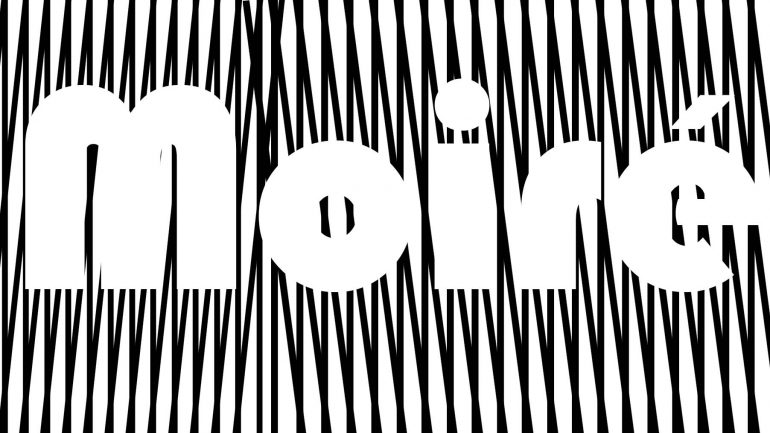Moiré is the name of the interference pattern that emerges when two regular sets of fine lines overlap each other at an angle; the result is the illusion of a wavy, sometimes pulsing pattern.
In photography, moiré is a problem because the grid of pixels (or more properly, the photo receptors that make up pixels) on a sensor is a regular grid pattern, so when photographing other subjects that contain fine, linear patterns, moiré can appear in the resulting image.
During the early history of digital photography, most camera sensors used an anti-aliasing (AA) filter (also called an optical low-pass filter) to combat moiré. Essentially, the anti-aliasing filter added just enough blur to the image that any patterns that would have been fine enough to cause moiré were blurred out of existence (or at least, enough that moire didn’t appear).

However, in the early 2010s, camera manufacturers began producing sensors without anti-aliasing filters, such as the Nikon D800E and D7200, ostensibly to allow cameras to capture higher resolution images (although it also happens to be less expensive to produce sensors without anti-aliasing filters). Cameras without AA filters did produce higher resolution images, but also suffered from more frequent moiré, especially when used with modern optics that are sharp enough to resolve the fine patterns that can interfere with the photo-receptor grids on these pixel-dense sensors.



